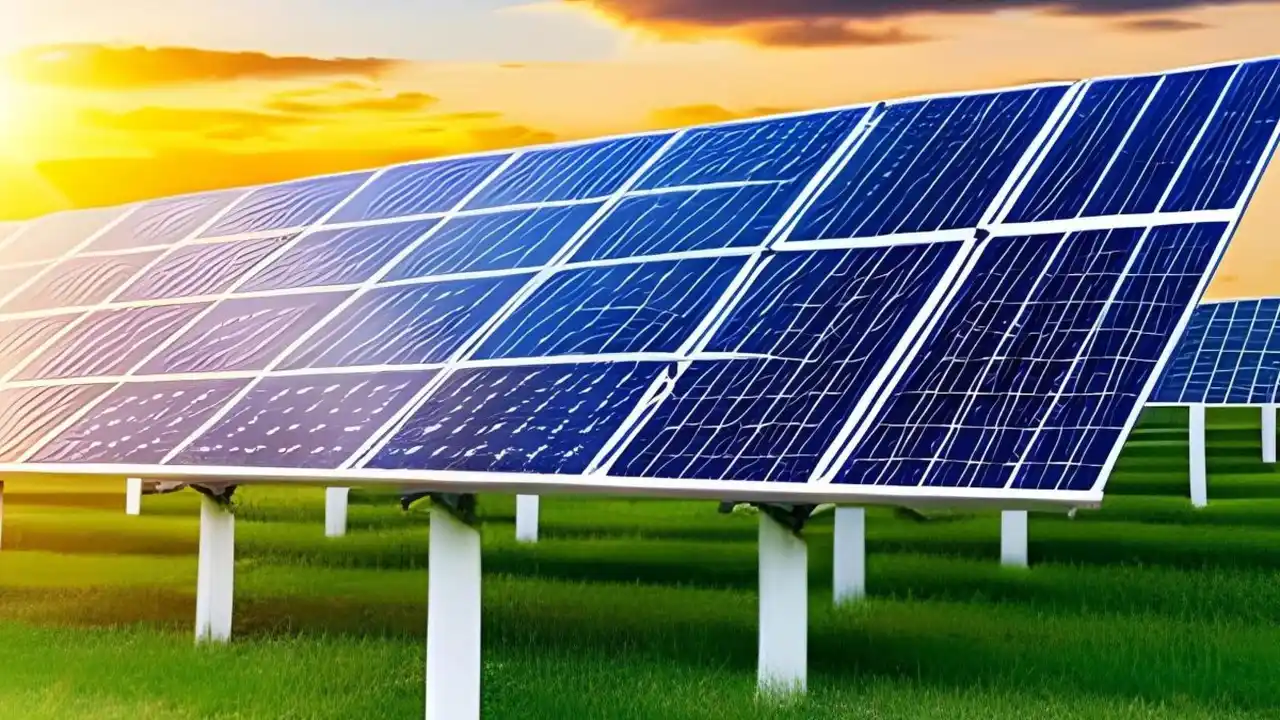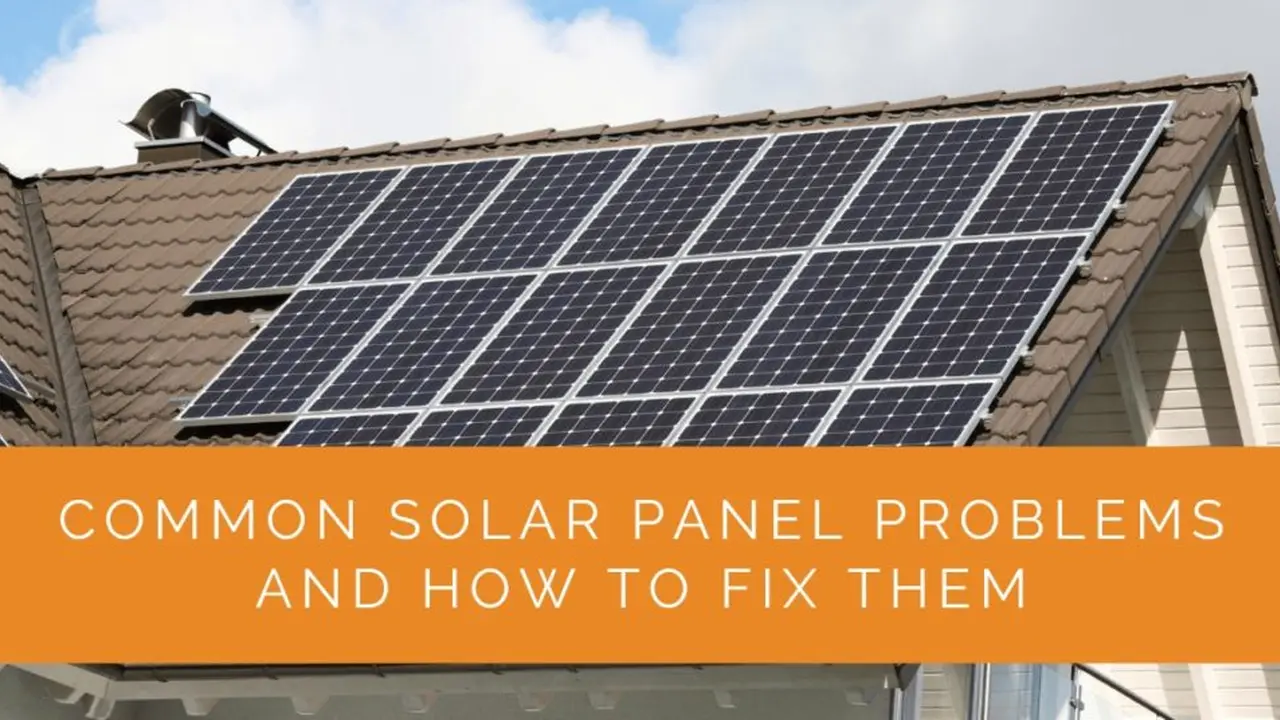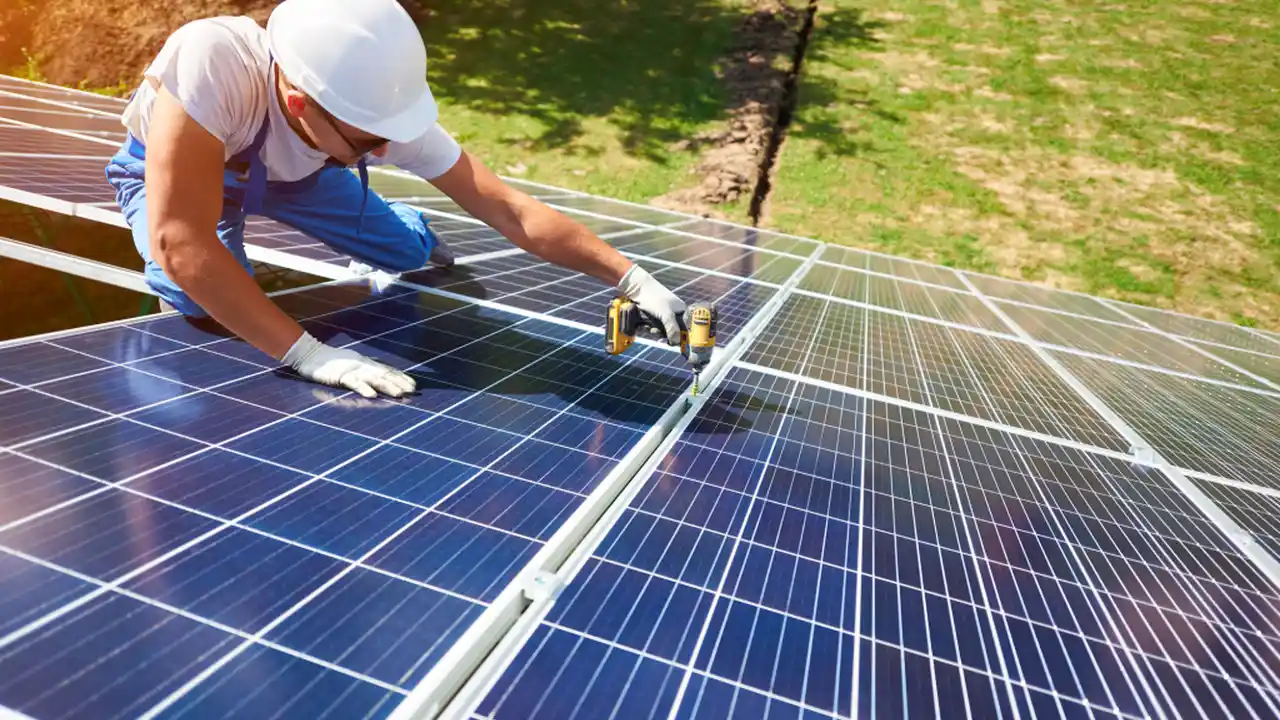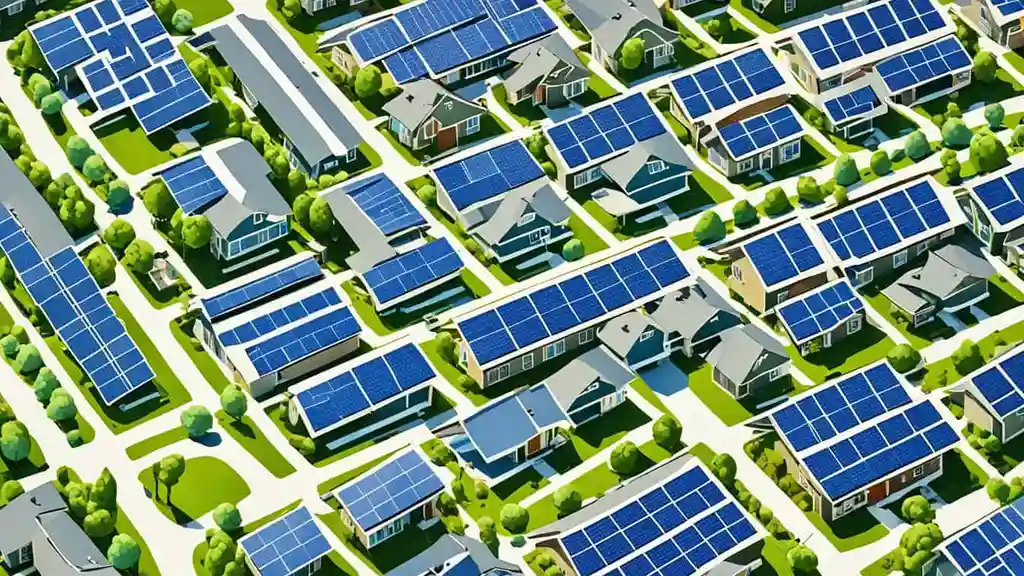Bifacial Solar Panels: Are They Worth It?
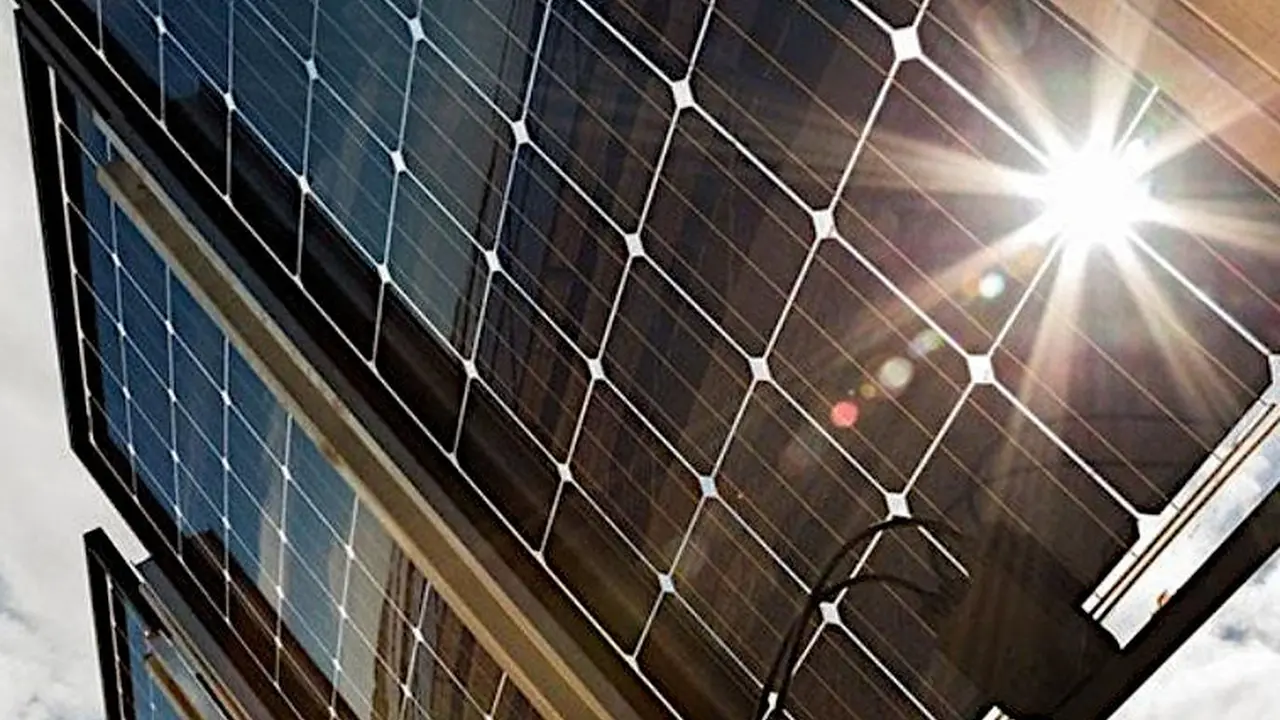
Understanding Bifacial Solar Panels The Basics
So, you're thinking about bifacial solar panels? Cool! Let's break down what these bad boys are all about. Unlike your standard solar panels that only generate electricity from one side (the side facing the sun, duh), bifacial panels are designed to capture sunlight on *both* sides. Yep, the front *and* the back.
How does that work? Well, the backside is designed to absorb reflected light from the ground, roof, or whatever surface it's mounted above. This reflected light, known as albedo, adds to the overall power generation. Think of it like getting a bonus power boost just for being clever.
The key components remain similar to traditional panels – silicon solar cells, glass, and a frame. However, bifacial panels often use transparent backsheets (instead of opaque ones) to allow light to reach the rear cells. This transparent backsheet is crucial for the bifacial technology to function effectively.
Now, you might be wondering, "How much extra power are we talking about?" That depends on a bunch of factors, which we'll get into later. But generally, you can expect anywhere from 5% to 30% more energy yield compared to monofacial panels. Not too shabby, right?
The Benefits of Bifacial Solar Panels More Than Just Power
Okay, so we know bifacial panels can generate more power. But the benefits don't stop there. Here's a rundown:
- Increased Energy Yield: Obviously, this is the big one. More power means more savings on your electricity bill and a faster return on investment.
- Improved Performance in Diffuse Light: Even on cloudy days, bifacial panels can still generate power from the reflected light. They're less reliant on direct sunlight than traditional panels.
- Lower Degradation Rates: Some studies suggest that bifacial panels degrade at a slower rate than monofacial panels, meaning they'll maintain their performance for longer. This translates to a longer lifespan and better long-term value.
- Potentially Lower Levelized Cost of Energy (LCOE): While the upfront cost might be higher, the increased energy yield and longer lifespan can lead to a lower LCOE over the lifetime of the system. LCOE essentially means the total cost of energy production divided by the total energy produced – the lower the better.
- Aesthetic Appeal: Some people prefer the look of bifacial panels, especially those with frameless designs. They can be a sleek and modern addition to your home or business.
Factors Affecting Bifacial Solar Panel Performance Albedo Tilt and More
Alright, let's get into the nitty-gritty. The performance of bifacial solar panels isn't just a fixed number. Several factors play a crucial role:
- Albedo: This is the big one. Albedo refers to the reflectivity of the surface beneath the panels. A white roof will have a much higher albedo than a dark asphalt roof, meaning more reflected light and more power generation. Consider the surface material carefully. Gravel, concrete, grass, and even snow can impact albedo.
- Mounting Height: The higher the panels are mounted, the more area they have to capture reflected light. However, there's a trade-off. Higher mounting heights can also increase wind loads and installation costs.
- Tilt Angle: The optimal tilt angle depends on your location and the time of year. Generally, a steeper tilt angle will capture more sunlight in the winter, while a shallower angle is better for the summer.
- Row Spacing: The distance between rows of panels affects the amount of shading on the backside. Wider spacing allows for more reflected light to reach the rear cells.
- Panel Orientation: While most panels are installed facing south (in the Northern Hemisphere), experimenting with different orientations might be beneficial in certain situations.
- Weather Conditions: Just like any solar panel, bifacial panels are affected by weather conditions such as clouds, snow, and dust. Regular cleaning can help maintain optimal performance.
Bifacial vs Monofacial Solar Panels A Detailed Comparison
So, how do bifacial panels stack up against traditional monofacial panels? Let's compare them side-by-side:
| Feature | Bifacial Solar Panels | Monofacial Solar Panels |
|---|---|---|
| Energy Yield | Higher (5-30% more) | Lower |
| Cost | Generally higher upfront cost | Generally lower upfront cost |
| Performance in Diffuse Light | Better | Worse |
| Degradation Rate | Potentially lower | Potentially higher |
| Lifespan | Potentially longer | Potentially shorter |
| Installation Complexity | Potentially more complex (due to mounting height and albedo considerations) | Generally simpler |
| Aesthetic Appeal | Subjective, but often considered more modern | More traditional look |
Ultimately, the best choice depends on your specific needs and circumstances. If you're looking for maximum energy yield and long-term value, bifacial panels might be the way to go. However, if you're on a tight budget and don't need the extra performance, monofacial panels might be a better option.
Bifacial Solar Panel Products Recommendations Brands and Pricing
Alright, let's talk about some specific bifacial solar panel products. Keep in mind that prices can vary depending on your location, installer, and any applicable rebates or incentives. Always get multiple quotes before making a decision.
LG NeON 2 BiFacial Solar Panel
Description: LG is a well-known and respected brand in the solar industry. Their NeON 2 BiFacial panels are known for their high efficiency and durability. They feature a sleek design and come with a 25-year product and performance warranty.
Typical Use Cases: Residential and commercial rooftop installations, ground-mounted systems.
Pros: High efficiency, excellent warranty, reputable brand.
Cons: Relatively expensive.
Estimated Price: $350 - $450 per panel (depending on wattage).
LONGi Solar Hi-MO 4 BiFacial Solar Panel
Description: LONGi Solar is a global leader in solar panel manufacturing. Their Hi-MO 4 BiFacial panels are known for their high power output and competitive pricing. They use half-cut cell technology to improve performance in shaded conditions.
Typical Use Cases: Large-scale commercial and utility-scale projects, ground-mounted systems.
Pros: High power output, competitive pricing, good performance in shaded conditions.
Cons: Warranty might not be as comprehensive as some other brands.
Estimated Price: $280 - $380 per panel (depending on wattage).
Jinko Solar Tiger Pro BiFacial Solar Panel
Description: Jinko Solar is another major player in the solar industry. Their Tiger Pro BiFacial panels are known for their high efficiency and advanced cell technology. They offer a range of wattage options to suit different needs.
Typical Use Cases: Residential and commercial rooftop installations, ground-mounted systems.
Pros: High efficiency, wide range of wattage options, good value for money.
Cons: Some users have reported minor cosmetic imperfections.
Estimated Price: $300 - $400 per panel (depending on wattage).
REC Group Alpha Pure BiFacial Solar Panel
Description: REC Group is known for high-quality, lead-free solar panels. Their Alpha Pure BiFacial panels offer excellent performance and a sleek, aesthetically pleasing design. They also focus on sustainability in their manufacturing processes.
Typical Use Cases: High-end residential installations where aesthetics are important, commercial buildings with visible solar arrays.
Pros: Lead-free construction, excellent performance, attractive design, strong warranty.
Cons: Premium price point.
Estimated Price: $400 - $550 per panel (depending on wattage).
Bifacial Solar Panel Installation Tips and Best Practices
Installing bifacial solar panels isn't *exactly* the same as installing monofacial panels. Here are some tips to keep in mind:
- Optimize Mounting Height: As mentioned earlier, mounting height is crucial for maximizing rear-side power generation. Consult with a qualified installer to determine the optimal height for your specific location and albedo.
- Choose the Right Mounting System: Make sure the mounting system is designed to accommodate bifacial panels and allows for adequate airflow around the panels. Consider using a racking system that minimizes shading on the backside.
- Pay Attention to Albedo: Before installing the panels, assess the albedo of the surrounding surfaces. If necessary, consider making changes to improve reflectivity (e.g., painting a roof white or adding gravel).
- Use String Inverters or Microinverters: Both string inverters and microinverters can be used with bifacial panels. Microinverters offer the advantage of individual panel monitoring, which can help identify any performance issues.
- Consider a Professional Installation: Unless you're a solar expert, it's best to leave the installation to a qualified professional. They'll have the experience and expertise to ensure that the panels are installed correctly and safely.
- Regular Maintenance: Keep the panels clean and free of debris to maintain optimal performance. This is especially important in areas with high levels of dust or pollution.
Bifacial Solar Panel Case Studies Real-World Examples
Want to see bifacial solar panels in action? Here are a few real-world examples:
- Agricultural Applications: Bifacial panels are increasingly being used in agricultural settings, such as over crops or livestock pastures. The panels provide shade for the crops or animals while also generating electricity.
- Ground-Mounted Systems: Large-scale ground-mounted solar farms are a natural fit for bifacial panels. The open space allows for ample reflected light to reach the backside.
- Rooftop Installations: While rooftop installations can be more challenging due to limited space and albedo considerations, bifacial panels can still provide a significant boost in energy yield. Especially if the roof is white or reflective.
- Snowy Climates: In areas with heavy snowfall, bifacial panels can be particularly beneficial. The snow acts as a highly reflective surface, boosting rear-side power generation.
The Future of Bifacial Solar Panels What's Next
The future looks bright for bifacial solar panels (pun intended!). As the technology continues to improve and costs come down, we can expect to see even wider adoption across various applications.
Some trends to watch out for include:
- Improved Cell Technology: Researchers are constantly working on improving the efficiency and performance of solar cells, including those used in bifacial panels.
- Lower Manufacturing Costs: As production volumes increase, manufacturing costs are likely to decrease, making bifacial panels more affordable.
- Integration with Energy Storage: Combining bifacial solar panels with energy storage systems (such as batteries) can provide a more reliable and resilient power supply.
- Smart Grid Integration: Bifacial solar panels can play a key role in the smart grid, helping to balance supply and demand and improve grid stability.
- New Applications: We can expect to see bifacial panels used in even more innovative ways in the future, such as integrated into building facades or used in floating solar farms.
:max_bytes(150000):strip_icc()/277019-baked-pork-chops-with-cream-of-mushroom-soup-DDMFS-beauty-4x3-BG-7505-5762b731cf30447d9cbbbbbf387beafa.jpg)



